Table of content
Cornmeal porridge, known in Mandarin as bangzi zhou (棒子粥), is a humble yet deeply comforting dish rooted in Chinese culinary traditions. This golden, creamy porridge is a staple in many households, particularly in northern China, where it is enjoyed for breakfast, as a light meal, or even as a soothing remedy for an upset stomach. Made from finely ground cornmeal (corn grits) and water, this dish may seem deceptively simple, but achieving the ideal texture—smooth, velvety, and neither too thick nor too thin—requires attention to detail and a touch of culinary finesse.

In this comprehensive guide, we will explore the art of preparing bangzi zhou from start to finish, covering ingredient selection, cooking techniques, and tips for customizing the recipe to suit your taste. Whether you are a novice cook or a seasoned home chef, this guide will equip you with the knowledge to create a bowl of porridge that embodies the warmth and simplicity of traditional Chinese comfort food.
Understanding the Basics: What Is Bangzi Zhou?
Bangzi zhou is a type of zhou (粥), a broad category of Chinese porridges that can range from watery rice gruels to thick, hearty stews. Unlike congee (jook), which is typically made with rice, bangzi zhou relies on cornmeal as its primary ingredient. The result is a porridge with a distinct earthy sweetness and a slightly grainy texture, though modern variations often incorporate techniques to achieve a smoother consistency.
Historically, bangzi zhou was a peasant dish, born out of necessity in regions where corn was a staple crop. Its simplicity made it accessible to even the poorest communities, and its nutritional value—rich in fiber, vitamins, and minerals—made it a sustainable source of sustenance. Today, it remains a beloved dish, cherished for its nostalgic flavor and ability to warm the soul on chilly mornings or after a long day.
Ingredients: The Foundation of Flavor
The beauty of bangzi zhou lies in its minimalist ingredient list. To prepare a basic batch, you will need:
-
Cornmeal (Corn Grits):
- Choose finely ground cornmeal for a smoother porridge. Coarser grinds will yield a heartier texture but require longer cooking times.
- Opt for stone-ground varieties if possible, as they retain more of the corn’s natural nutrients and flavor.
-
Water:

Use filtered water to avoid off-flavors. The ratio of cornmeal to water is critical—typically 1:6 to 1:8 by volume, depending on desired thickness.
-
Salt (Optional):
A pinch of salt enhances the natural sweetness of the corn.
-
Optional Add-Ins:
- Sweet potatoes, pumpkin, or dates for sweetness.
- Dried shrimp, scallions, or pickled vegetables for a savory twist.
- Milk or cream for richness (though traditional recipes use only water).
Step-by-Step Preparation: Mastering the Technique
Soaking the Cornmeal (Optional but Recommended)
While not strictly necessary, soaking the cornmeal for 20–30 minutes before cooking can reduce cooking time and ensure a smoother texture. Place the desired amount of cornmeal in a bowl, cover with water, and stir gently. The cornmeal will absorb some of the liquid and soften slightly. Drain before proceeding.
Preparing the Cooking Liquid
In a heavy-bottomed pot, bring the water to a gentle simmer over medium heat. The pot’s size should allow ample space for stirring without splattering. A 3-quart pot is ideal for 1 cup of cornmeal.
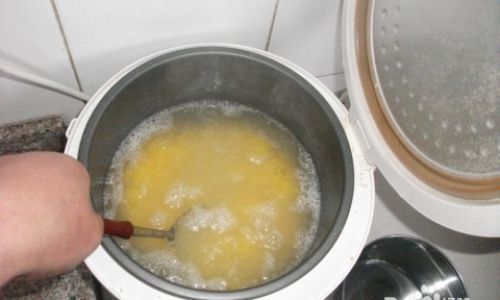
Adding the Cornmeal
Gradually whisk the cornmeal into the simmering water, a little at a time, to prevent lumps. Continue whisking until the mixture is smooth. This step requires patience—rushing may result in a lumpy porridge.
Cooking the Porridge
Reduce the heat to low and simmer the porridge gently, stirring frequently. The cooking time varies depending on the grind of the cornmeal:
- Fine grind: 15–20 minutes.
- Medium grind: 25–30 minutes.
- Coarse grind: 40–45 minutes.
Stir occasionally at first, then more frequently as the porridge thickens to prevent scorching. The porridge is ready when it coats the back of a spoon and a trail remains when you drag your finger through it.
Adjusting Consistency
If the porridge becomes too thick, whisk in small amounts of hot water until desired consistency is achieved. For a richer flavor, stir in a splash of milk or cream during the last few minutes of cooking.
Seasoning and Flavoring
Add salt to taste, or incorporate sweet or savory add-ins during the final 5 minutes of cooking. For example:
- Sweet variation: Add diced sweet potato and a pinch of cinnamon.
- Savory variation: Stir in minced ginger, dried shrimp, and a drizzle of sesame oil.
Serving
Ladle the porridge into bowls and garnish with fresh herbs, chopped scallions, or a sprinkle of toasted sesame seeds. Serve immediately, as bangzi zhou thickens as it cools.
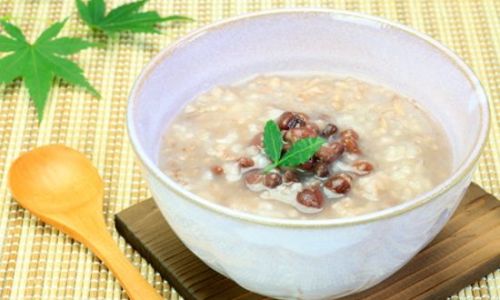
Troubleshooting Common Issues
-
Lumpy Porridge:
- Cause: Adding cornmeal too quickly or failing to whisk thoroughly.
- Fix: Use a fine-mesh sieve to strain lumps, or blend the porridge with an immersion blender.
-
Burnt Bottom:
- Cause: High heat or insufficient stirring.
- Fix: Use a heavy-bottomed pot and stir continuously during the final stages of cooking.
-
Too Thin or Too Thick:
- Cause: Incorrect water-to-cornmeal ratio.
- Fix: Adjust consistency by simmering longer (to thicken) or adding water (to thin).
Nutritional Benefits: A Humble Powerhouse
Despite its simplicity, bangzi zhou is a nutritional powerhouse. Cornmeal is rich in:
- Dietary Fiber: Promotes digestion and helps regulate blood sugar levels.
- Antioxidants: Combats inflammation and supports immune health.
- B Vitamins: Essential for energy production and brain function.
- Minerals: Such as magnesium, phosphorus, and zinc.
Additionally, bangzi zhou is naturally gluten-free, making it an excellent option for those with gluten sensitivities.
Regional Variations: Exploring China’s Culinary Diversity
While the basic recipe remains consistent, regional adaptations of bangzi zhou reflect local ingredients and preferences:

- Northeastern China: Thicker porridge served with pickled vegetables and soy sauce.
- Shandong Province: Sweetened with dates and served with steamed buns.
- Sichuan: Spiced with chili oil and Sichuan peppercorns for a fiery kick.
Modern Twists: Elevating a Classic
Contemporary chefs and home cooks have embraced bangzi zhou, experimenting with innovative additions:
- Savory: Mix in roasted mushrooms, truffle oil, or a soft-boiled egg.
- Sweet: Top with fresh berries, honey, or a dollop of Greek yogurt.
- Vegan: Use vegetable broth instead of water and add nutritional yeast for a cheesy flavor.
Storing and Reheating Leftovers
Bangzi zhou can be stored in an airtight container in the refrigerator for up to 3 days. To reheat, add a splash of water or milk and warm gently over low heat, stirring frequently to prevent clumping. Avoid microwaving without stirring, as this can cause uneven heating.
Conclusion: The Joy of Simplicity
In a world of complex recipes and exotic ingredients, bangzi zhou reminds us of the beauty of simplicity. With just a handful of pantry staples and a little patience, you can create a dish that nourishes the body and soothes the spirit. Whether enjoyed on a crisp autumn morning or as a late-night snack, this golden porridge is a testament to the enduring power of traditional cooking.
So, the next time you crave comfort food that transcends trends and fads, reach for the cornmeal and let the rhythm of stirring transport you to the heart of Chinese kitchens. After all, the best dishes are often the simplest ones—those that feed not just the body, but the soul.
Final Tip: Experiment with ratios, add-ins, and cooking times to discover your perfect bangzi zhou. Cooking is an art, and every bowl tells a story. What will yours say?
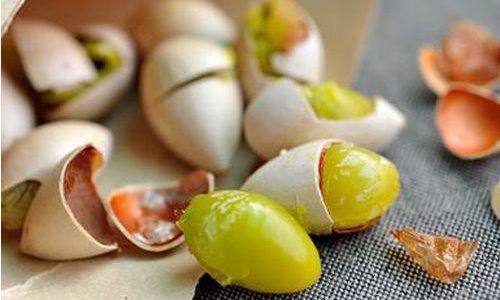

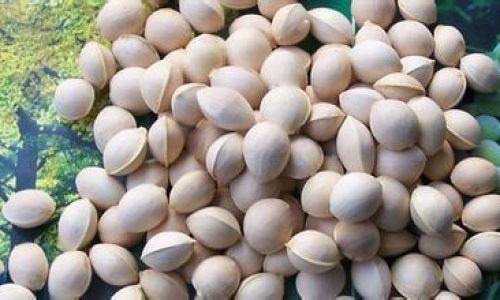
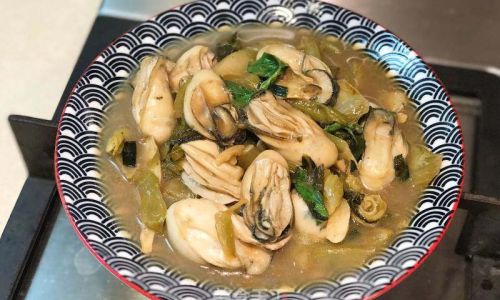

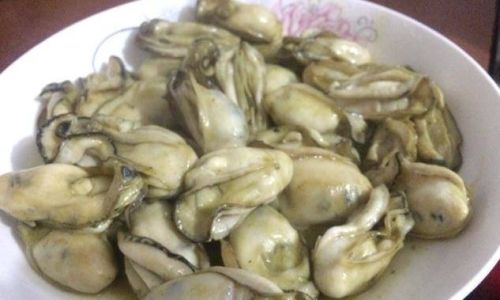
0 comments